
One of my favorite songs to teach each spring is John the Rabbit! It’s amazing how many ways you can use this sweet tune in your music classroom! Here are some of the ways I use the traditional folk tune in my classroom!
First, let me know acknowledge that I know there are many variations of John the Rabbit. The version I use in my classroom can be found here. Regardless of what version you use, most all use the response “yes m’am” in the song.
Sing the Song
The most basic way to use the song is to sing it to your students. When I begin teaching the song to my students, I simply sing it to them like a song story. I have a little rabbit puppet that I introduce as John and he “sings” the response “yes, m’am” to my students.
Invite Students to Sing Individually
Once my students become familiar with the song, I invite students to sing John’s response individually. Sometimes I pass the rabbit puppet around, other times, I simply ask for volunteers by raising their hands. Listening to my students sing the resting tone (or home tone) individually helps me to know they are audiating the resting tone.
Invite Students to Improvise
Once my students demonstrate their ability to audiate and sing the resting tone, we can play with improvising different responses for “yes, m’am.” Instead of singing on the resting tone, students can sing any other tonal pattern in response. It’s fun to listen to all the different ways students improvise tonally!
Introduce Major Tonality
Explain to your students that each time they sing “yes m’am” that they are really just singing the resting tone “DO.” The resting tone “DO” means that they are in Major Tonality. Anytime students audiate “DO” as the resting tone, they are in Major Tonality. Then tell them you are going to sing the song again, and this time they should sing “DO” instead of “yes m’am!” My students love to sing “DO DO” to match the syllables to “yes, m’am.” It’s a silly way to reinforce the resting tone in a concrete way.
Introduce Minor Tonality
Ok, this one may be a bit of a stretch for some, but in Music Learning Theory (MLT) we learn how to apply patterns to identify tonalities. This process is called Partial Synthesis and takes place after students have listened to, audiated, and performed many patterns in both Major and Minor Tonality. This is one my favorite activity to do with my first grade students. It’s absolutely vital that you have done #4 before doing this activity. Once you’ve played “DO” as the resting tone response, introduce the song in minor tonality. The song I sing is below. You’ll notice it’s in parallel minor. That’s essential to engage in Partial Synthesis.
I often introduce a new rabbit puppet (John’s cousin, Joe) so that they have a concrete representation of the song being different. I sing the song in Minor for the students with the new puppet. Joe sings the “yes m’am” response throughout the song. At the end, I ask the students if they think the song is the same or different than the song we’ve been singing. Most will understand that it is different, but not know why. I explain that the resting tone of this song is “LA” which means it is in Minor Tonality. I repeat the song, inviting the student to sing the resting tone response. We do it both as “yes m’am” and as “LA”. This activity takes 2-3 classes before we’re ready to take the final step.
Once students are familiar with both versions of the song, then I tell the kids that I am going to sing the song for them. If I sing a phrase in Major, they sing the response “DO.” If I sing a phrase in Minor, they sing the response “LA.” Then I sing the song moving phrase by phrase from Major to Minor Tonality. If it crashes and burns, then I identify where and why and reteach. But if it’s successful – WOW!
Final Thoughts
Guiding your students to use resting tones to identify tonality is a fabulous, concrete way for students to understand how to identify Major Tonality vs. Minor Tonality. Once students understand that tonality is malleable, they want to play with hearing other songs move from Major to Minor and vice versa!
Do you have a favorite lesson for John the Rabbit? Share it below!




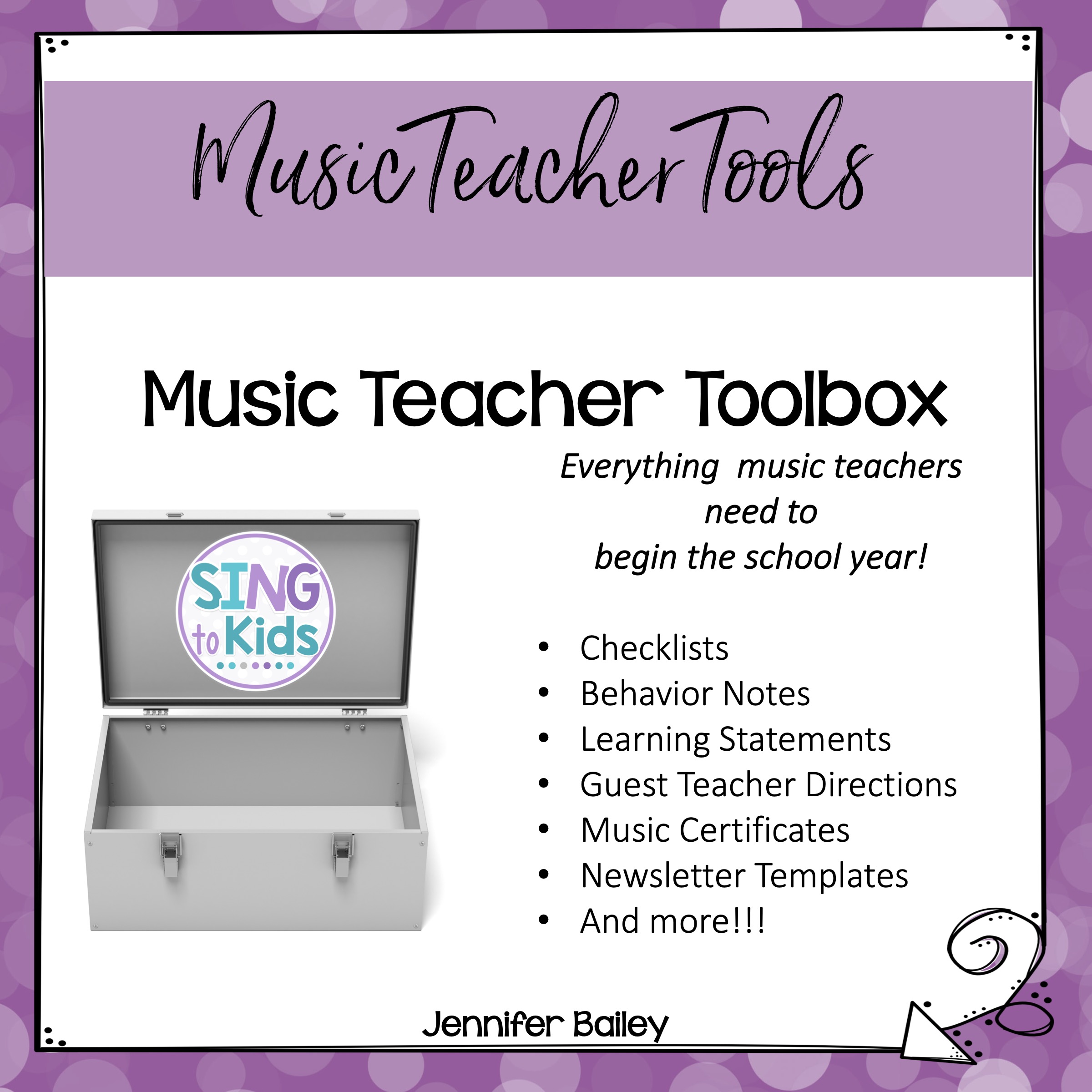

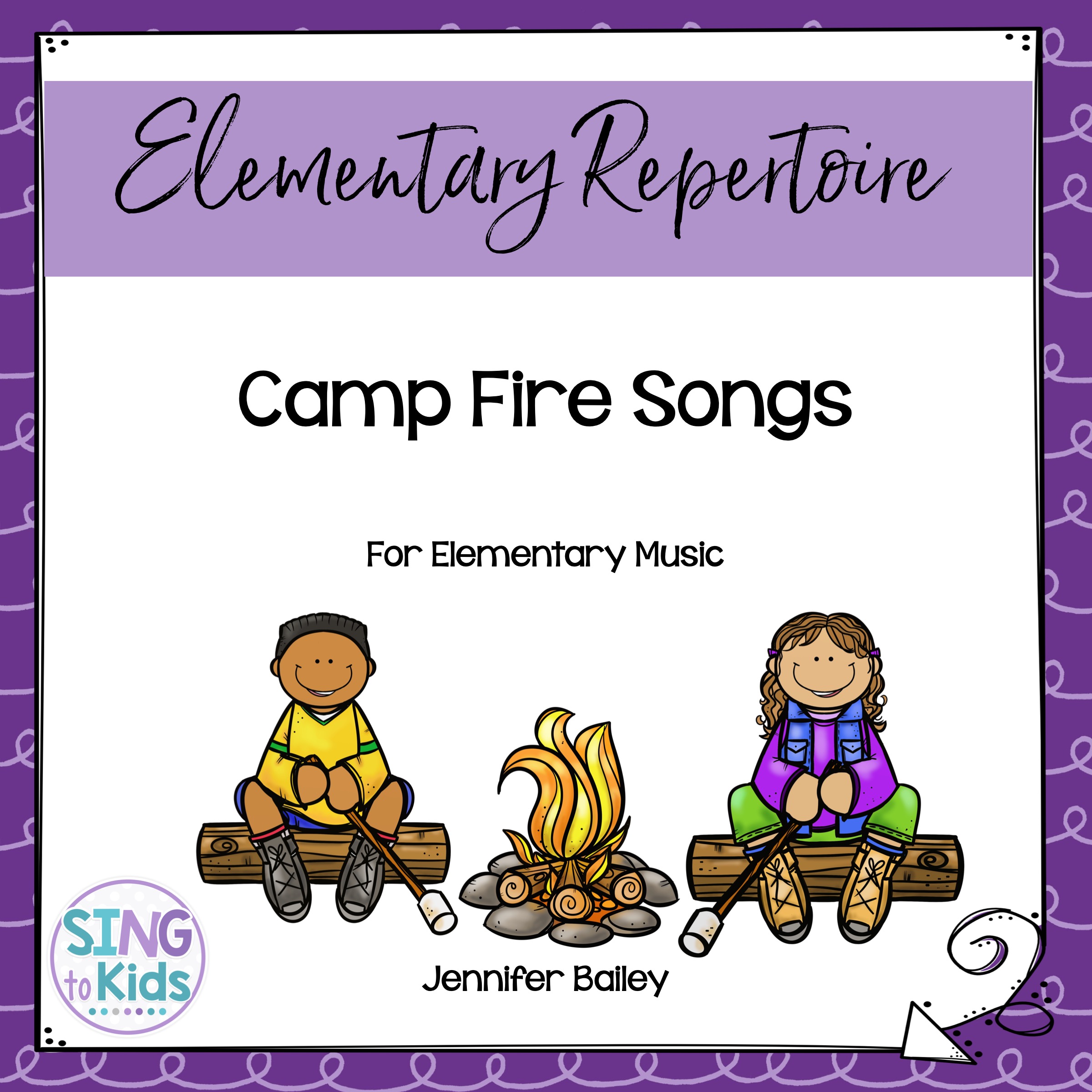
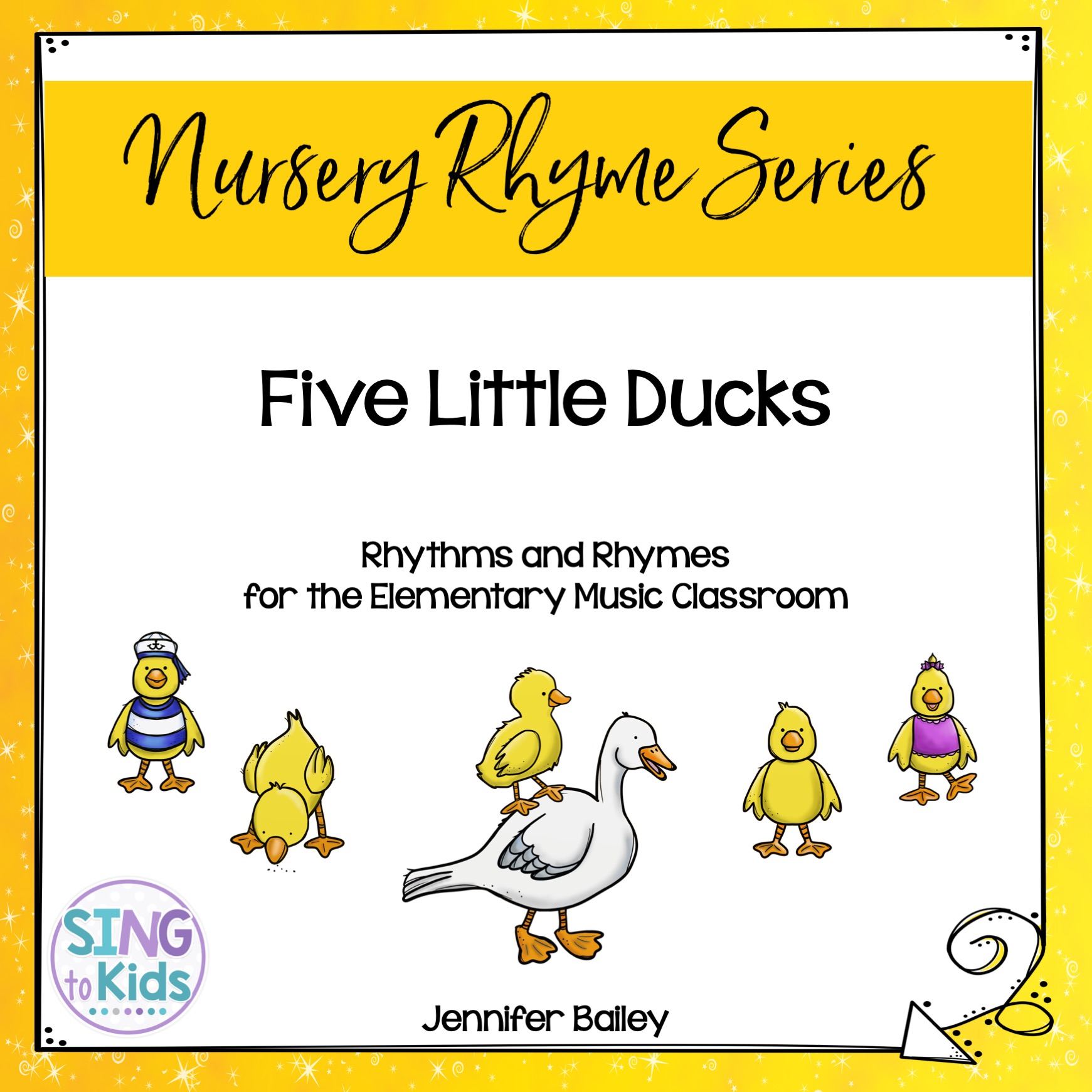
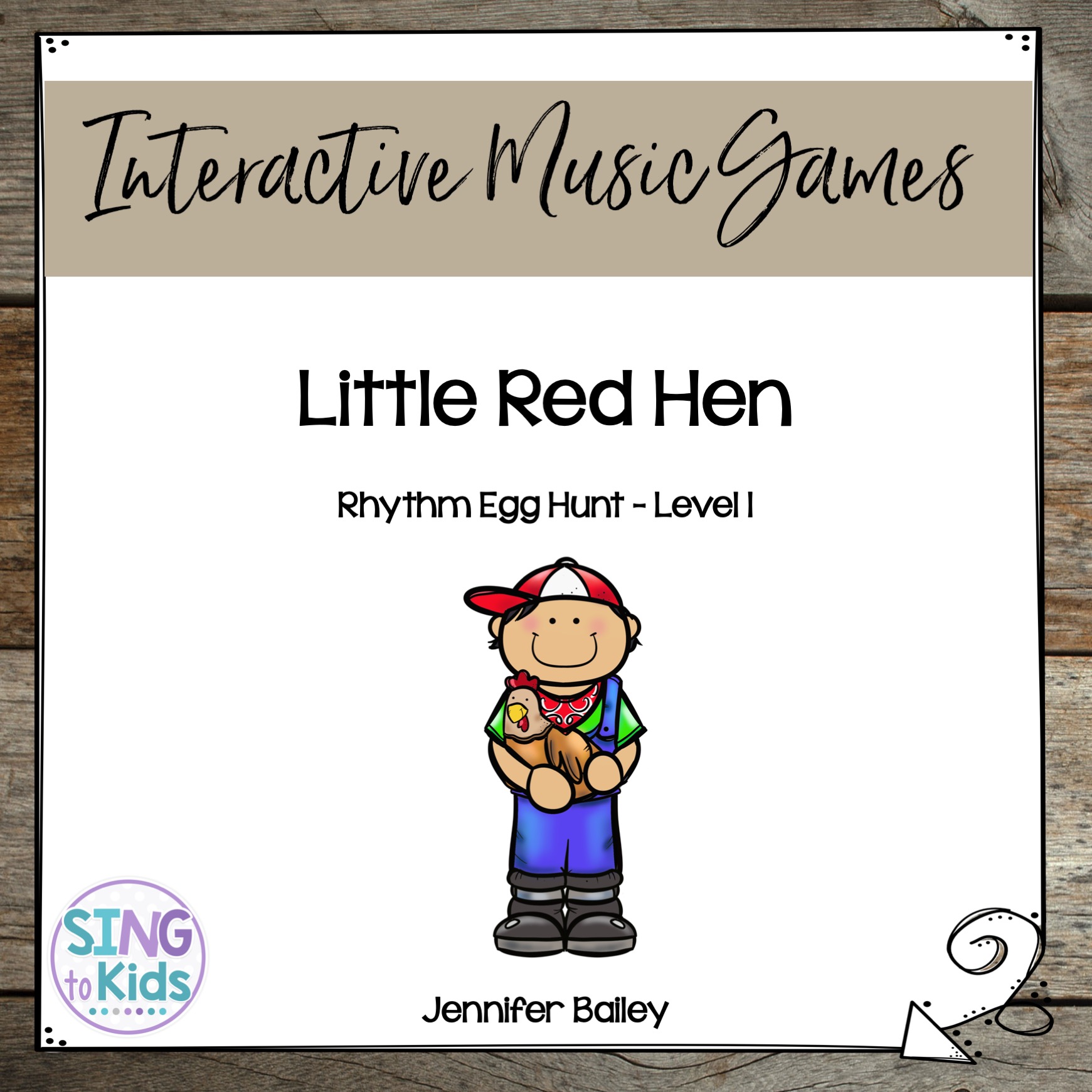
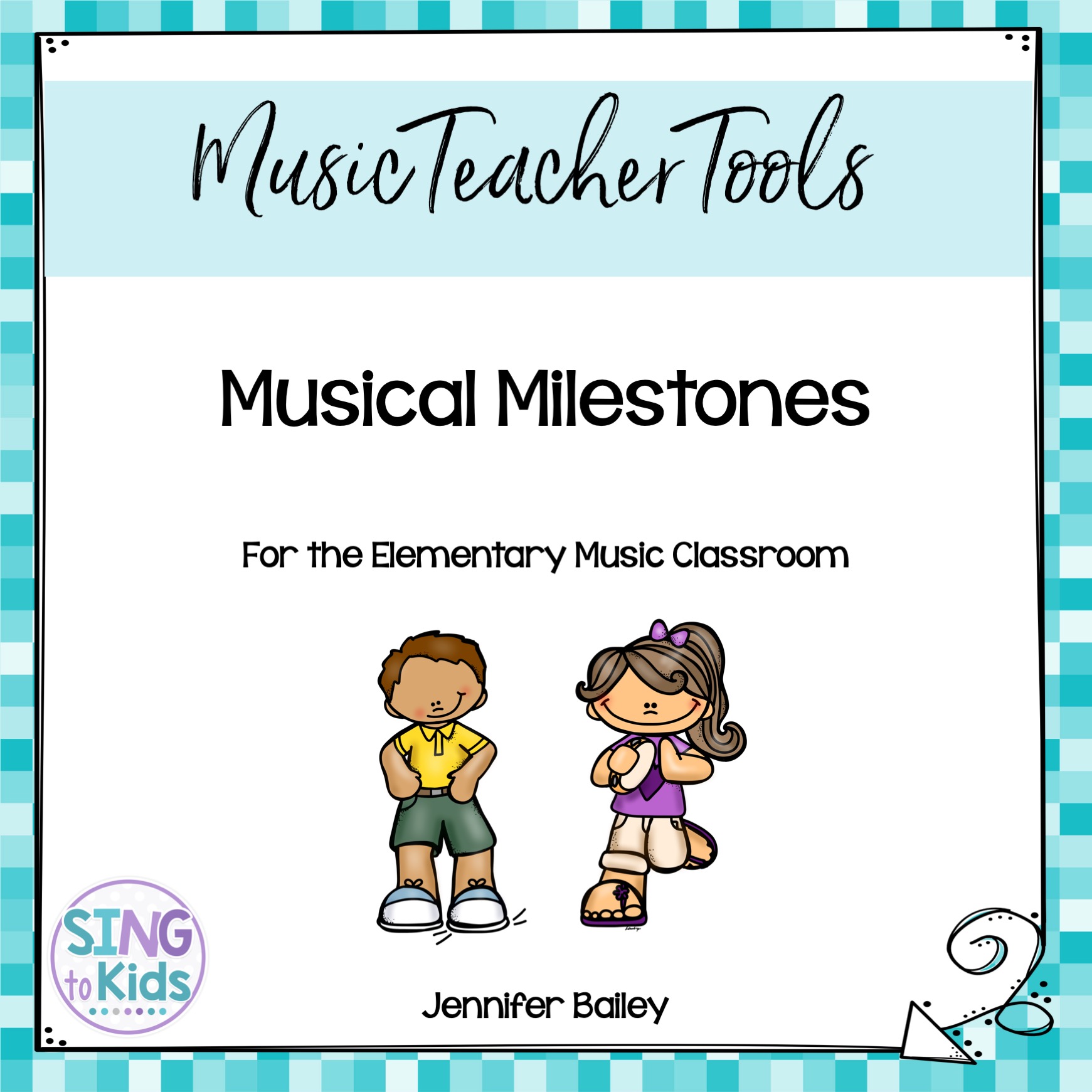
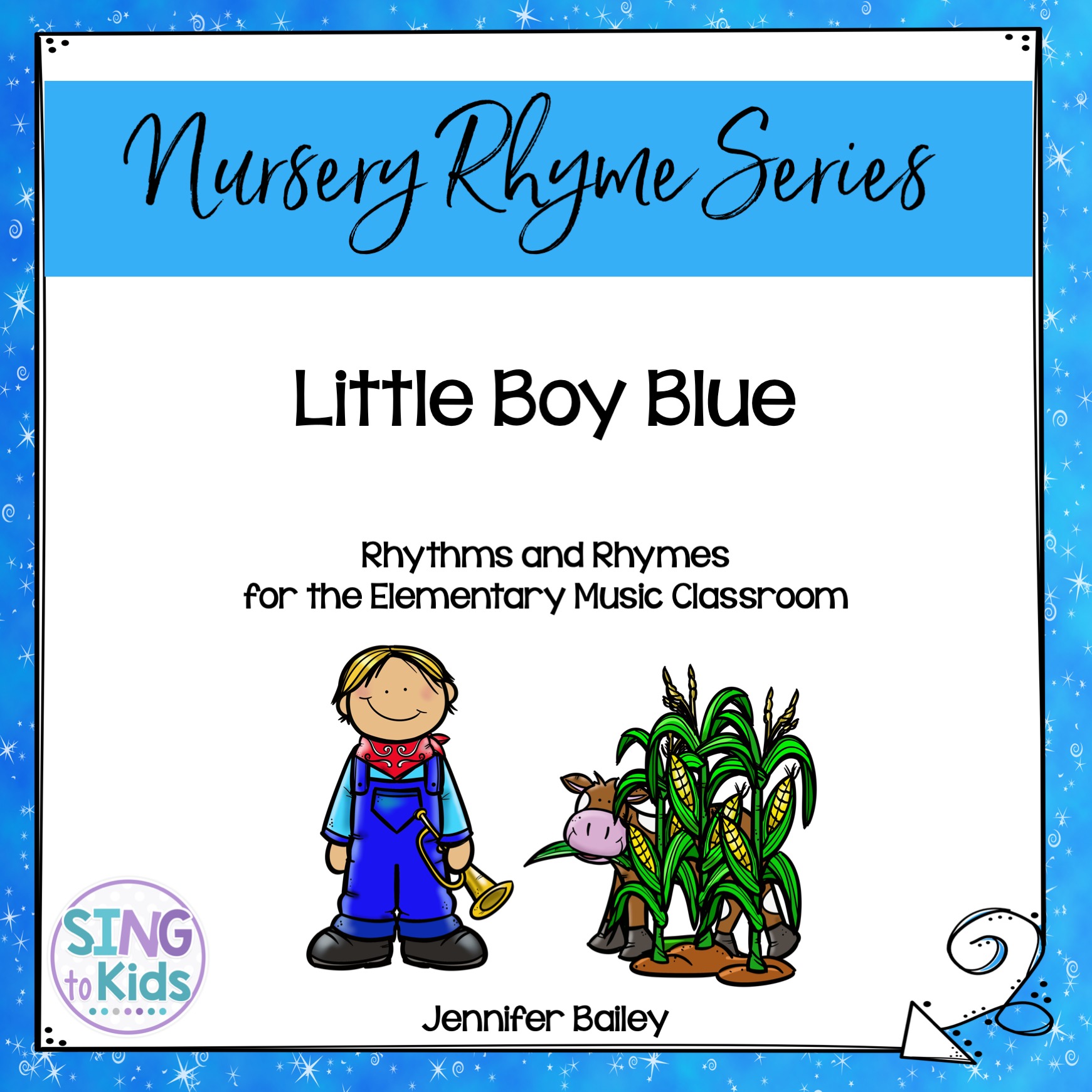
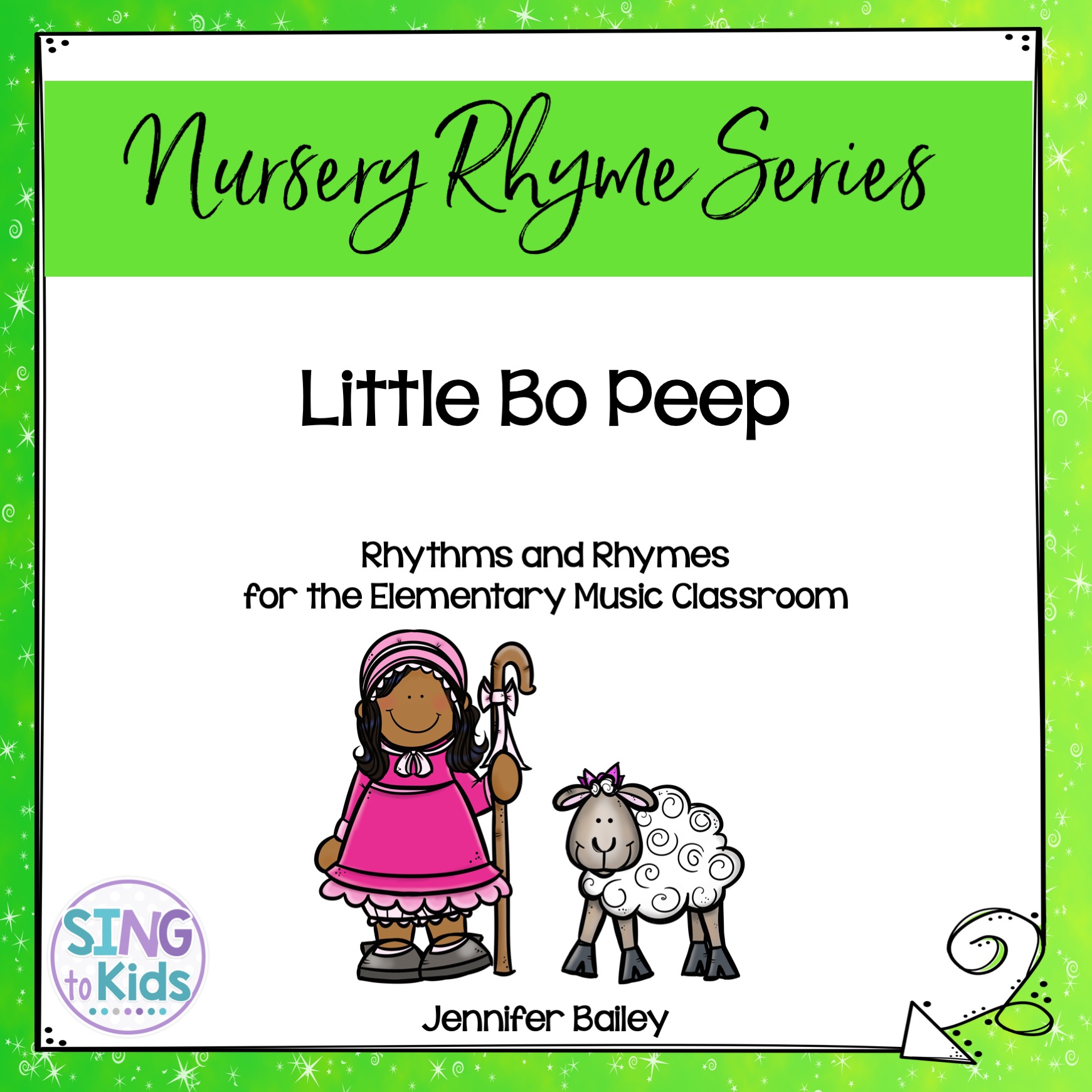
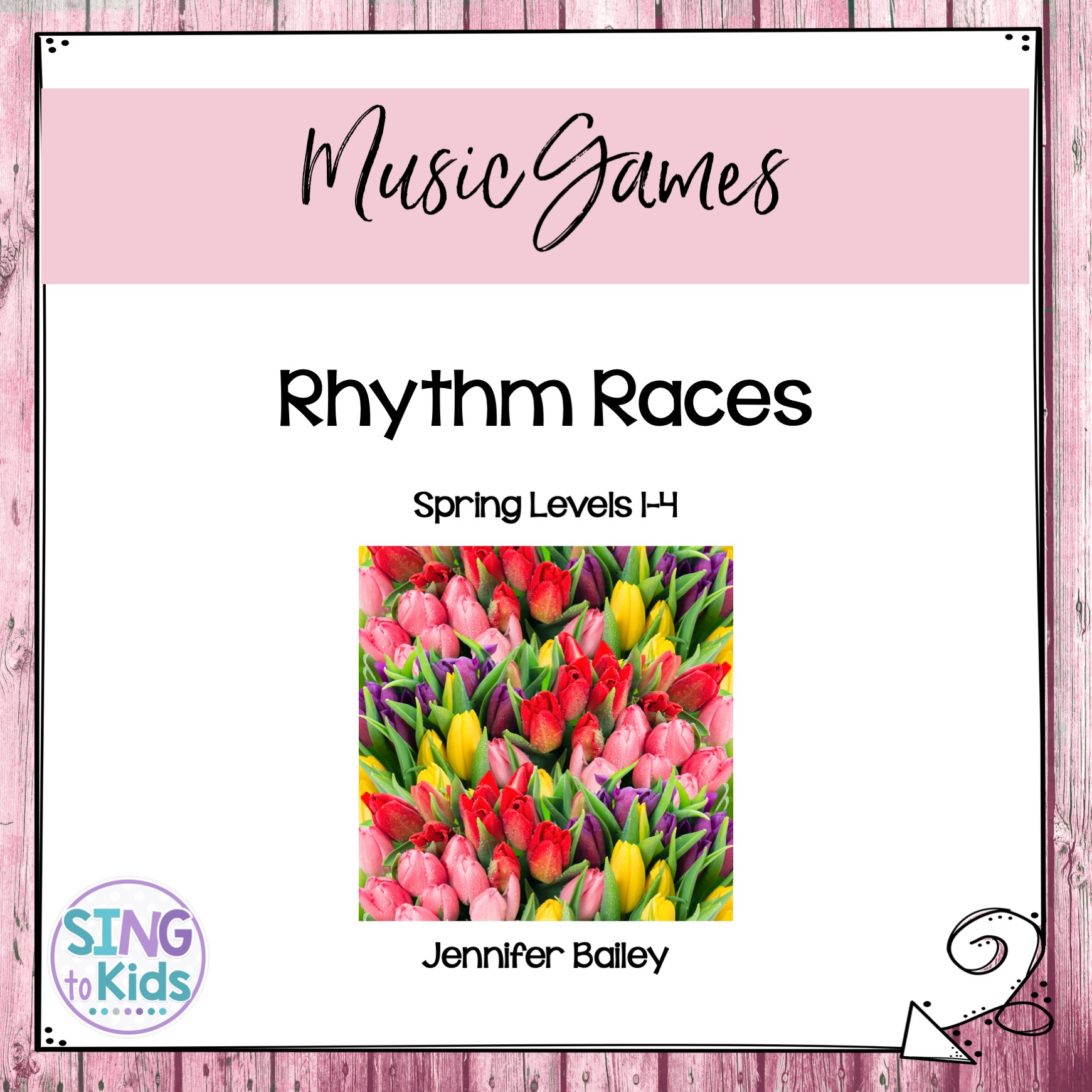
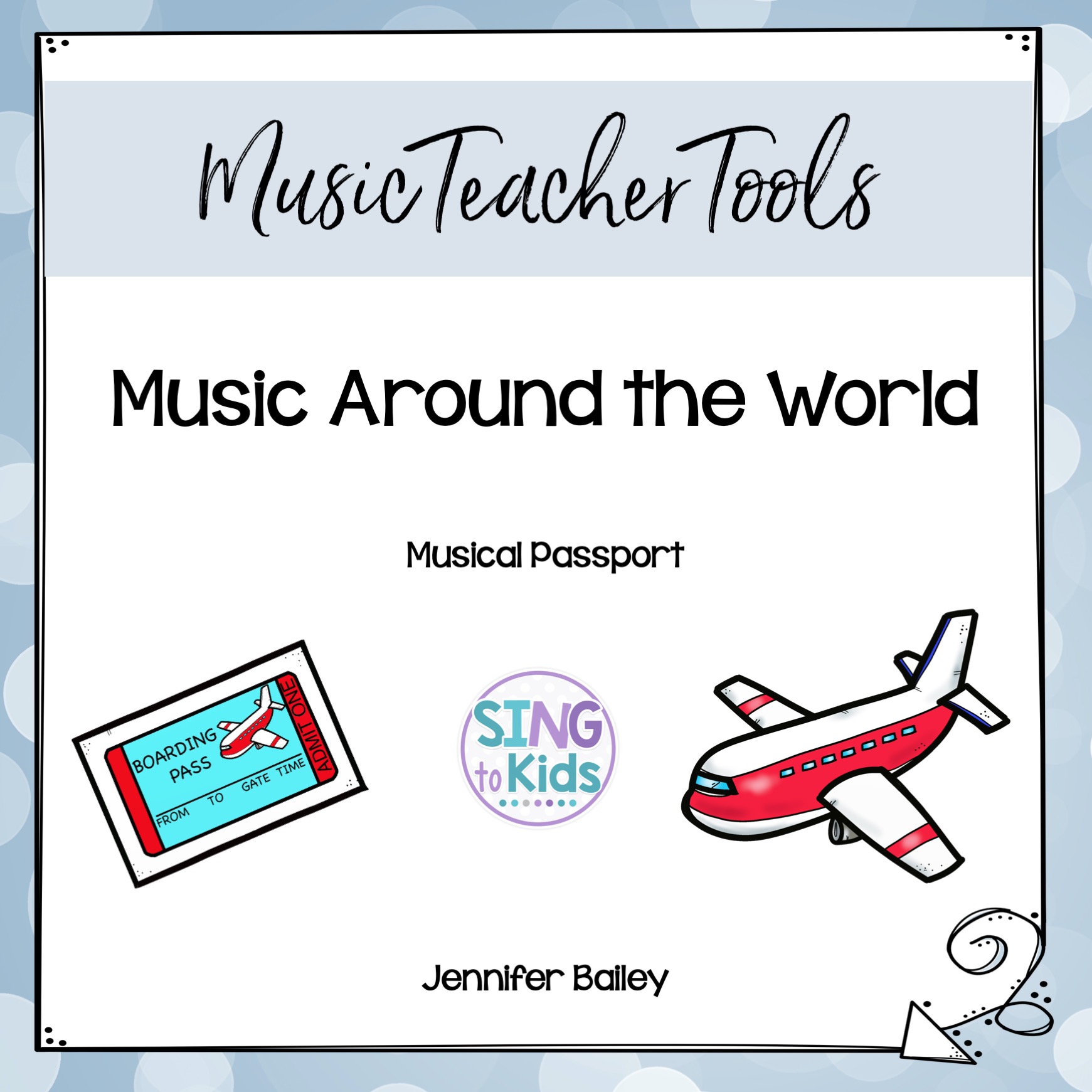
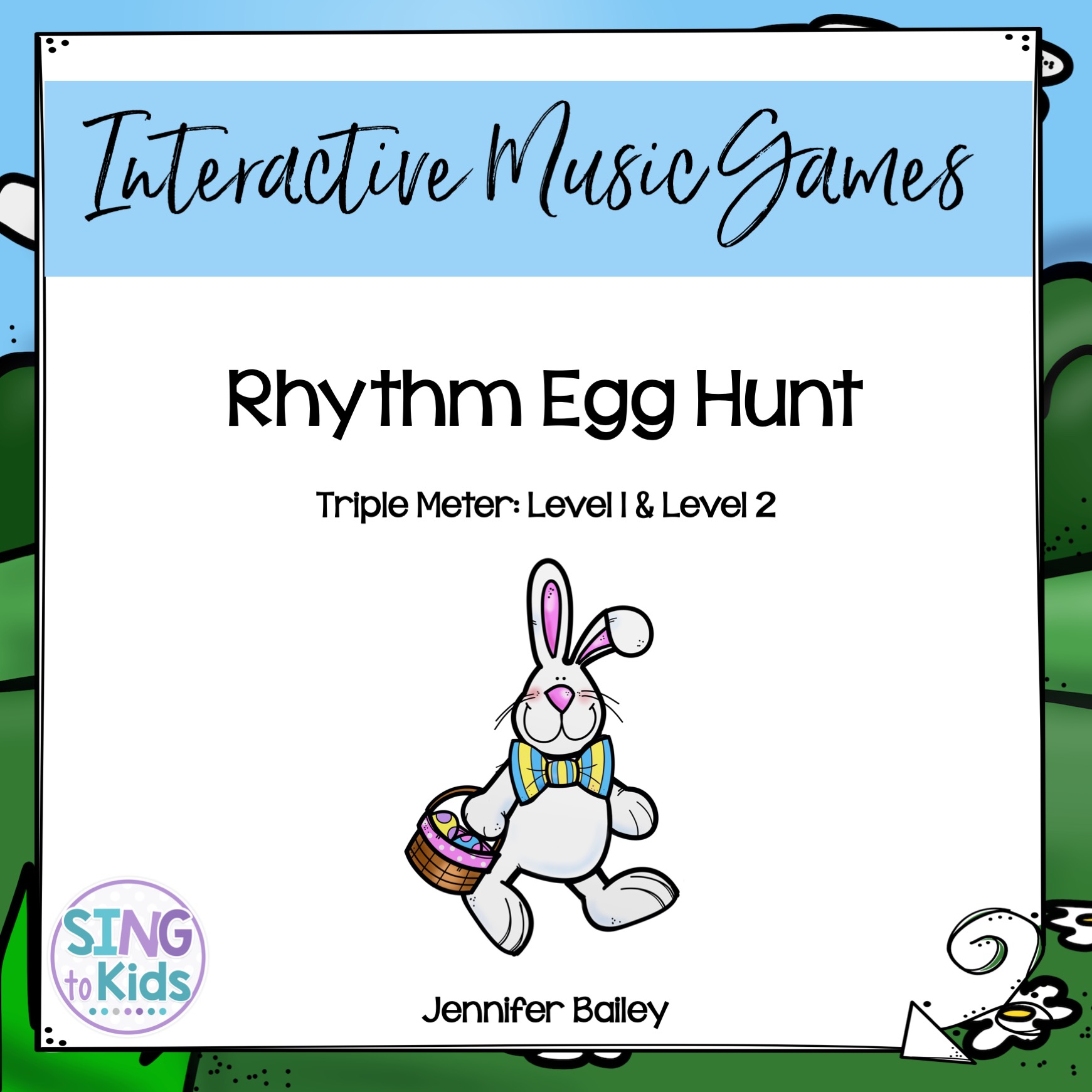
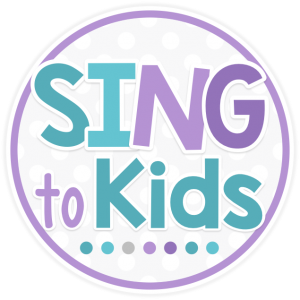
Connect with me!